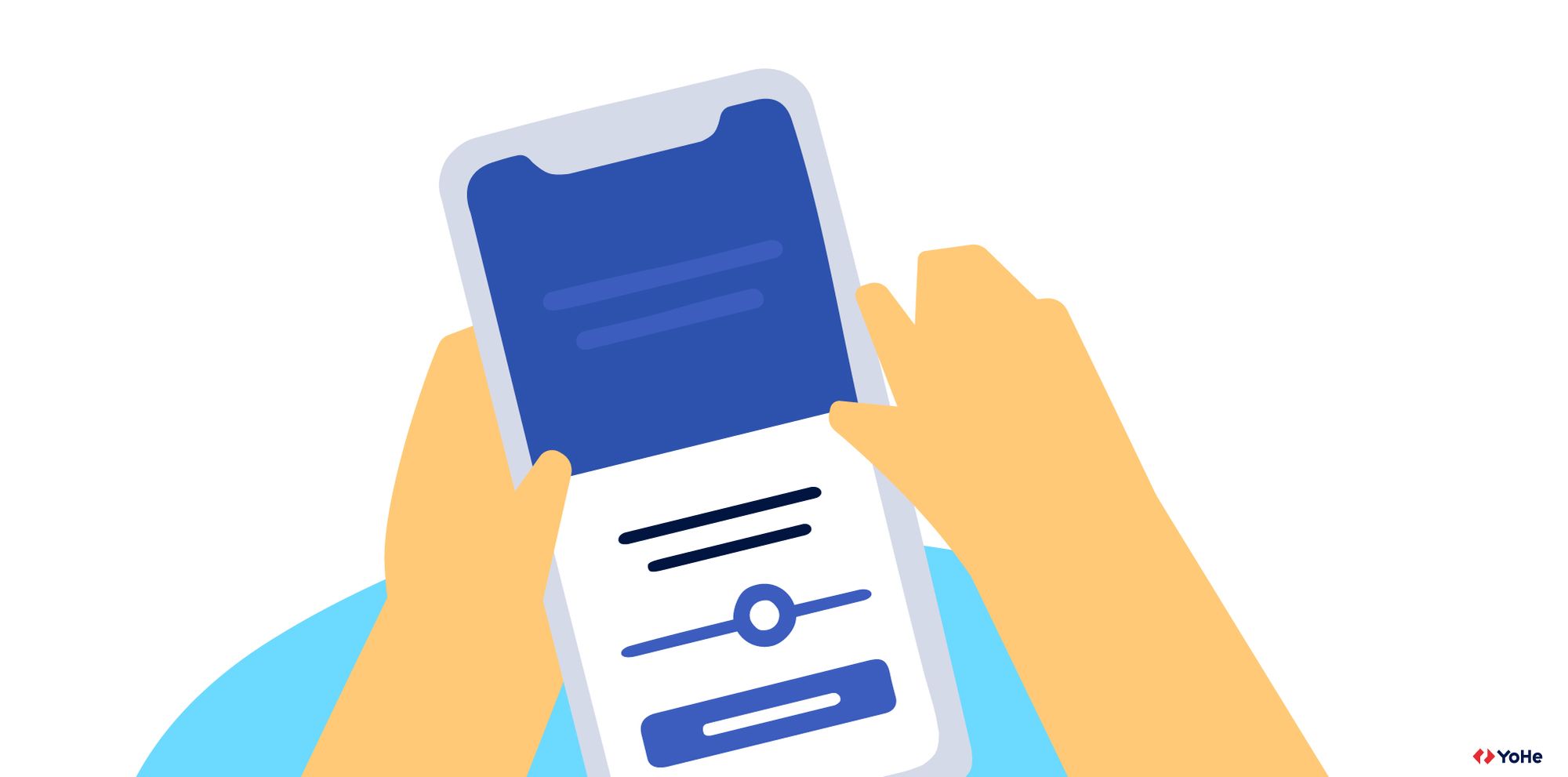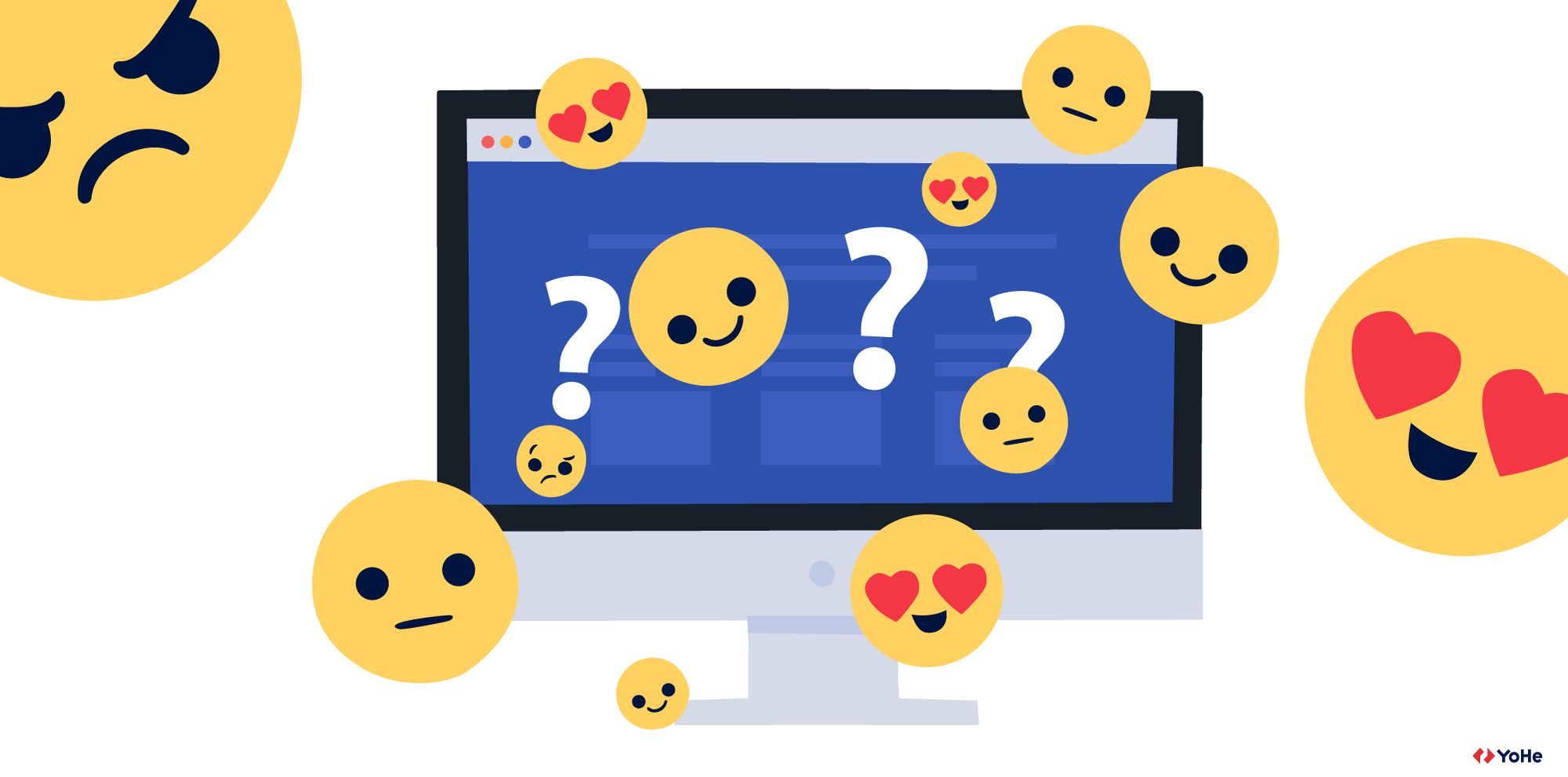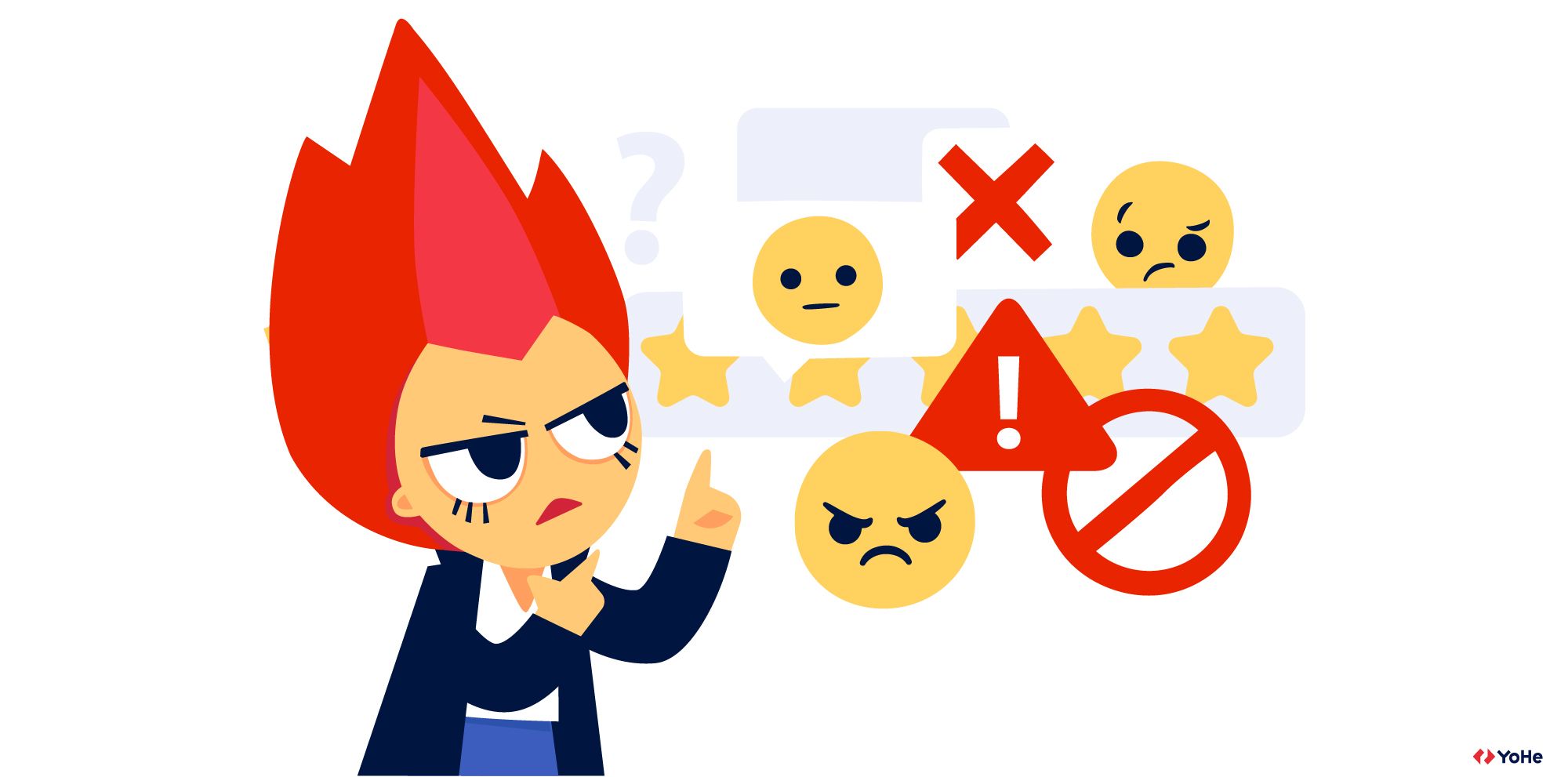User feedback went mobile long ago and it's not only about stores. There are many ways to collect in-app feedback and get valuable insights. So let's talk about how to do it and why it's really worth it.
There are all kinds of platforms for working with feedback inside the application, but even without them, a simple feedback form can help you to receive insights or error messages.
The main principle is that the user gets the opportunity to write right here and now about what he cares about. Such feedback is called passive, and it will help you to protect yourself from bad ratings.
Active feedback is when you initiate a dialogue yourself. The forms that appear on the screen with a question are a super useful tool. But in unexperienced hands, they turn into a weapon of mass destruction.
Forms that appear at the wrong moment, a huge number of fields, while the question has nothing to do with the actual user experience… To help you avoid such mistakes, several recommendations will make working with feedback as painless as possible for users and as effective as possible for you:
The right moment
Remember that feedback from the user is a favor. Therefore, the question should be asked in the right place at the right time. The perfect moment is success screens.
The user has just completed a key action and is satisfied: a closed goal in the to-do list, an exercise completed, a movie watched. He will be much more motivated to share feedback or evaluate the application in the store.
It is important to be in the context of the user's path and not to distract him with standard questions about everything at any given time. Be more creative and find the very moments when you need to ask.
Less talk
The app is not the best place for 10–page questionnaires. Ask a maximum of 1-2 point questions to increase the conversion rate in response. Whenever possible, replace the text with pictures or emojis.
Emoji can be used as an answer to the first question – gamification works great and involves more respondents.
The next question may be more open and deeper so that the user can write a detailed comment. And if you ask the respondent to leave contact details, you will show him the importance of his opinion and readiness for dialogue.
Don't push
Users don't owe you anything. Therefore, do not spam them with endless pop-ups. This is what the stores themselves strive for. Apple, for example, has limited the number of evaluation requests from a specific user to three per year.
In addition, users who do not want to leave feedback should be able to close the annoying tab and return to their actions.
One more thing about pop-ups
It's not the only way to collect feedback. It can generally be done using UI elements. Have you ever wondered how streaming services improve the music selection system? In Spotify, for example, a user can rate how much a song from matches his taste by clicking on a heart icon. The choice affects not only various machine learning algorithms but is also the easiest way for developers to understand the whole picture.
Not just "Yes"/"No" answers
Often a simple "Yes"/"No" will give you all the information you need. But not always. Open questions will allow users to share their concerns. At the same time, don't expect long poems from them. Writing long texts on a smartphone is still not much fun.

Which questions to ask
Before launching surveys, it is crucial to identify several reference points:
The purpose of the study
This item may seem obvious to someone, but people often forget it! Formulate what and why you want to learn from users. Imagine how you could answer your questions yourself – would you be able to give such answers that would help with the research?
Open-ended or closed-ended questions
Open-ended questions help a lot with high-quality feedback. It is a great way to dig deep into a defined area. The most important thing is that even on a small sample it will give you cool insights. But there is always a risk of generalizing the question too much. In addition, respondents need to spend precious time answering. So it's better not to overdo it with open-ended questions.
Closed-ended questions help collect quantitative feedback and answer the tasks you have set. This data shows the overall picture, trends, and patterns in the use of your application. The respondent spends less time and effort on such an answer.
At the same time, the best, most effective surveys, as a rule, are somewhere in the middle. We strongly recommend that after each closed-ended question (for example, "How satisfied are you with the ease of use of the app?") you ask an open-ended question. Ask why the respondent gave this particular rating / chose this option.
Why collect in-app feedback
Generally users don't write reviews in stores just because they feel like it. If you don't launch a trigger with an offer to evaluate the application, they will go to the store only in two opposite situations. Being furious or having just experienced a unique (and, at the same time, positive) user experience.
But it is the feedback that is an opportunity to improve the application based on the real needs of users, and not just on the team's ideas. The main strength of the feedback in the application is that you get it in the moment. The user encounters an issue and immediately, with all the details, describes what went wrong.
Feedback from the app helps:
― Identify issues and generate ideas for new features
― Prioritize the product roadmap
― Collect insights about the UX of the application
― Understand how your application is used to catch dissatisfied users, prevent churn, and improve retention
― Identify loyal users and increase the number of 5-star ratings
― Improve conversion
― Conduct pre-release marketing research
― Let users know that their feedback is important to you






